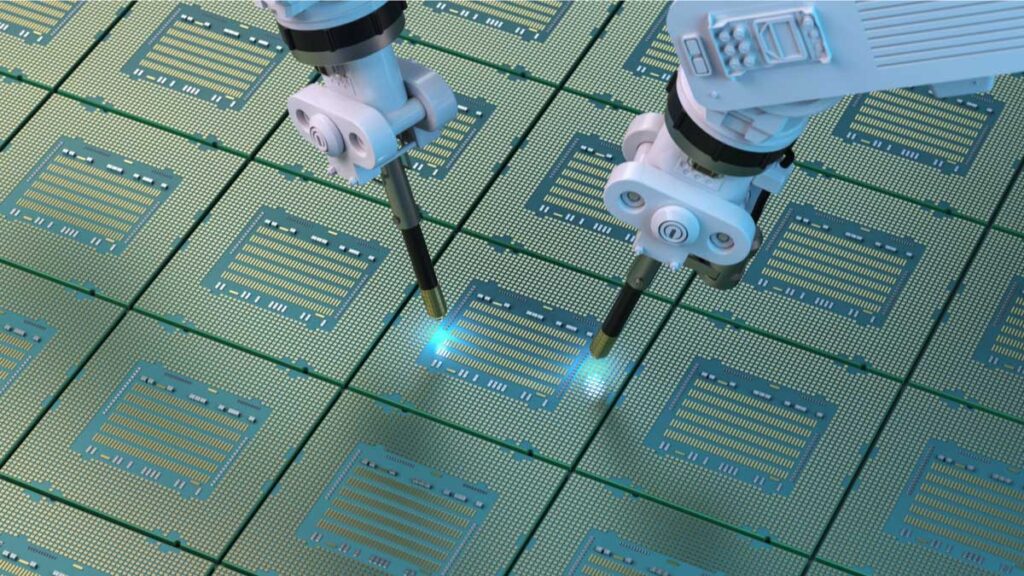How do 5G Network Simulators Impact Chipset Production?

Since the beginning of COVID-19 pandemic, the digital world has been accelerating its pace rapidly, taking advantage of the procedure taken by governments to leave people at home in order to protect them from the virus.
This led governments around the world to implement policies to promote 5G technologies and applications, which took companies into another level of competition.
As such, the process allows people to look into the future of 5G network and the interconnected world related to chip manufacturing, etc., from a new perspective related to the 5G router that distributes the network to the chipset.
In both the software and hardware ecosystem, chips are essential to nearly all hardware and vertical applications, in which they operate all the important tasks of data collection, storage, flow, and processing.
In addition, chips are used to allow data aggregation, flow, distribution, and processing amongst the cloud, channel, edge, and terminal. This process is being carried out with a digital world constituted of cellular networks, mobile terminals, communication chips, Customer Premise Equipment (CPE), wearables and software platforms, etc.
Such a system lets technologies co-exist and co-develop while enabling the realization of a big commercial value through a valuable integration and iteration of cutting-edge technologies.
The industry also requires many qualities, including 5G and artificial intelligence (AI) operating together to work out personal intelligent solutions for the consumer electronics industry, providing support for the industrial system of industrial electronics, making the business world more intelligent, while exploring and innovating in the new area of ubiquitous networking.
In addition, some technical barriers and market factors led to having only a few chip manufacturers around the world that can provide full-scenario communication chip solutions.
This marks a golden opportunity for chip enterprises to seize the chances of the market to keep improving the chip product ecosystem and further understanding the application scenarios, by providing competitive solutions in relation to advantageous markets and application scenarios to pave the way for the dawning of a comprehensive digital and interconnected world.
Communication chips are essential components related to devices for communicating with the outside world. They are responsible for the efficient encoding, transmission, and decoding of data between nodes for the internet of things (IoT).
On that same note, standards of communication chips do not only include 2G, 3G, 4G, and 5G Mobile networks but also Bluetooth, Wi-Fi, NarrowBand-Internet of Things (NB-IoT), turning them into 5G Chipset.
To have complex data transmission, usually a device is supplied with more than one type of communication chip and supports network standards.
The performance of communication chips in relation to data processing and transmission is becoming more and more sophisticated with the growth of data transmission by applications.
In the 5G era, communication chips have been required to handle Gbps-level bandwidth data streams and in some mission-critical applications, communicate data with millisecond-level latency.
